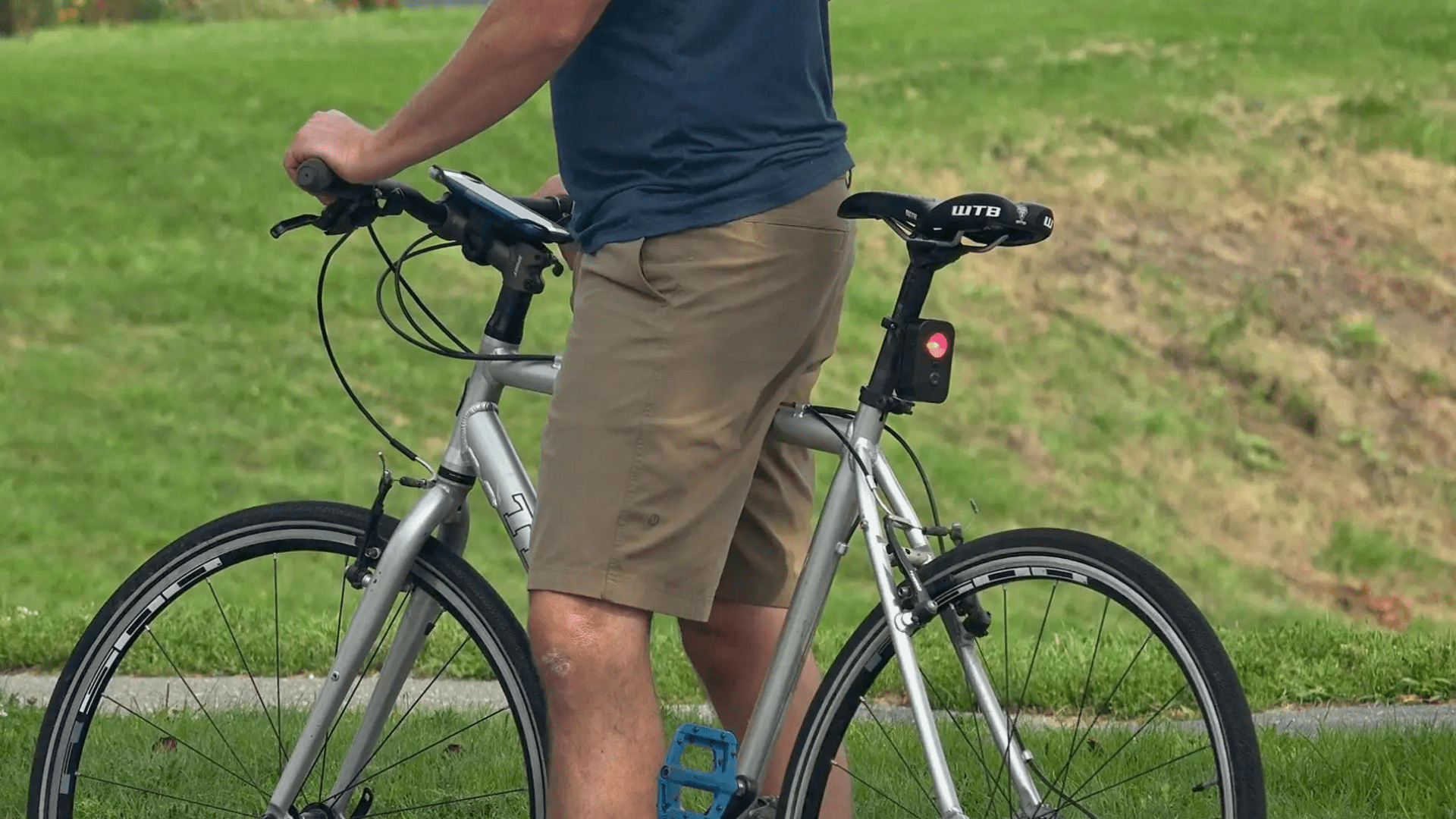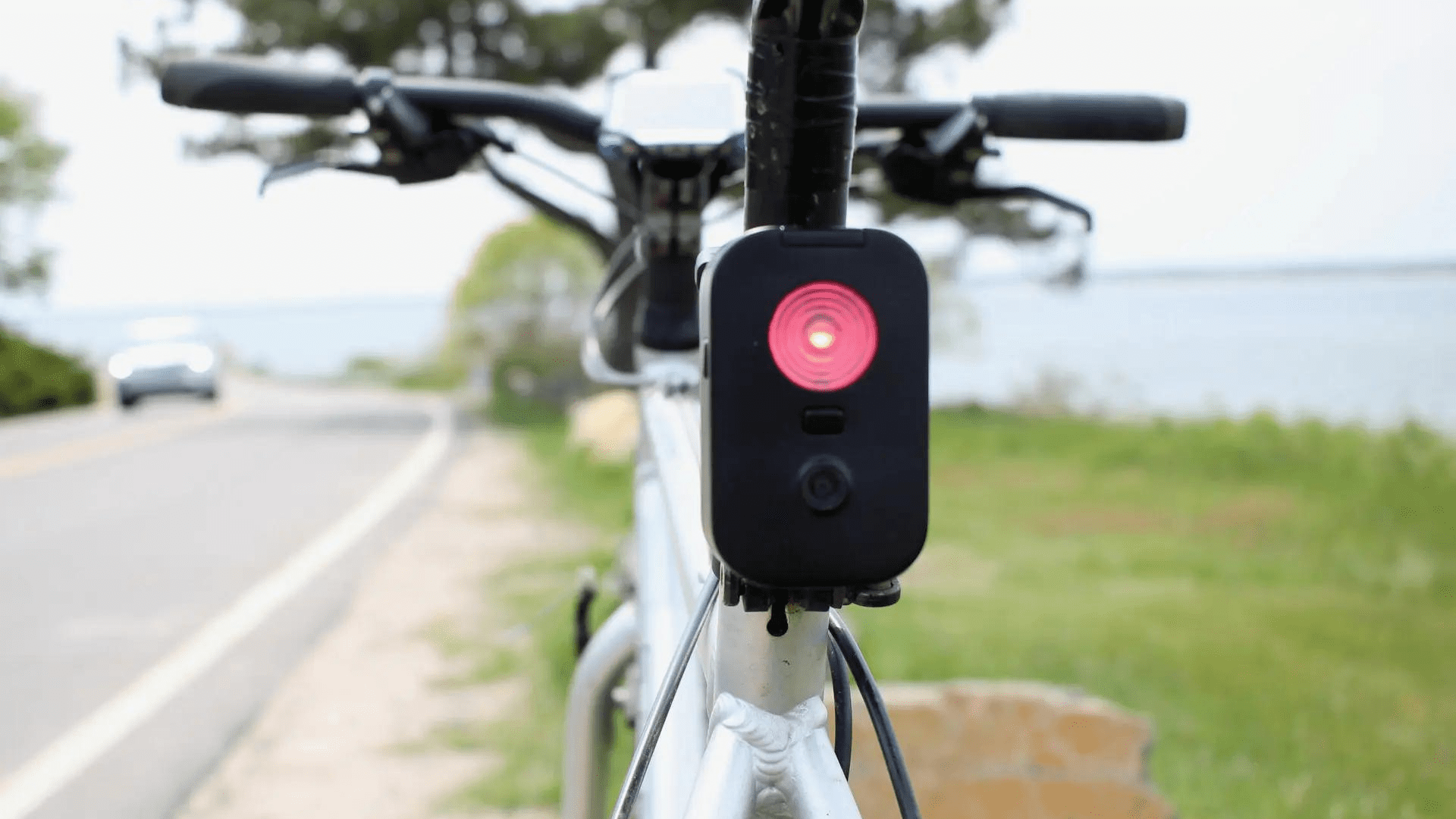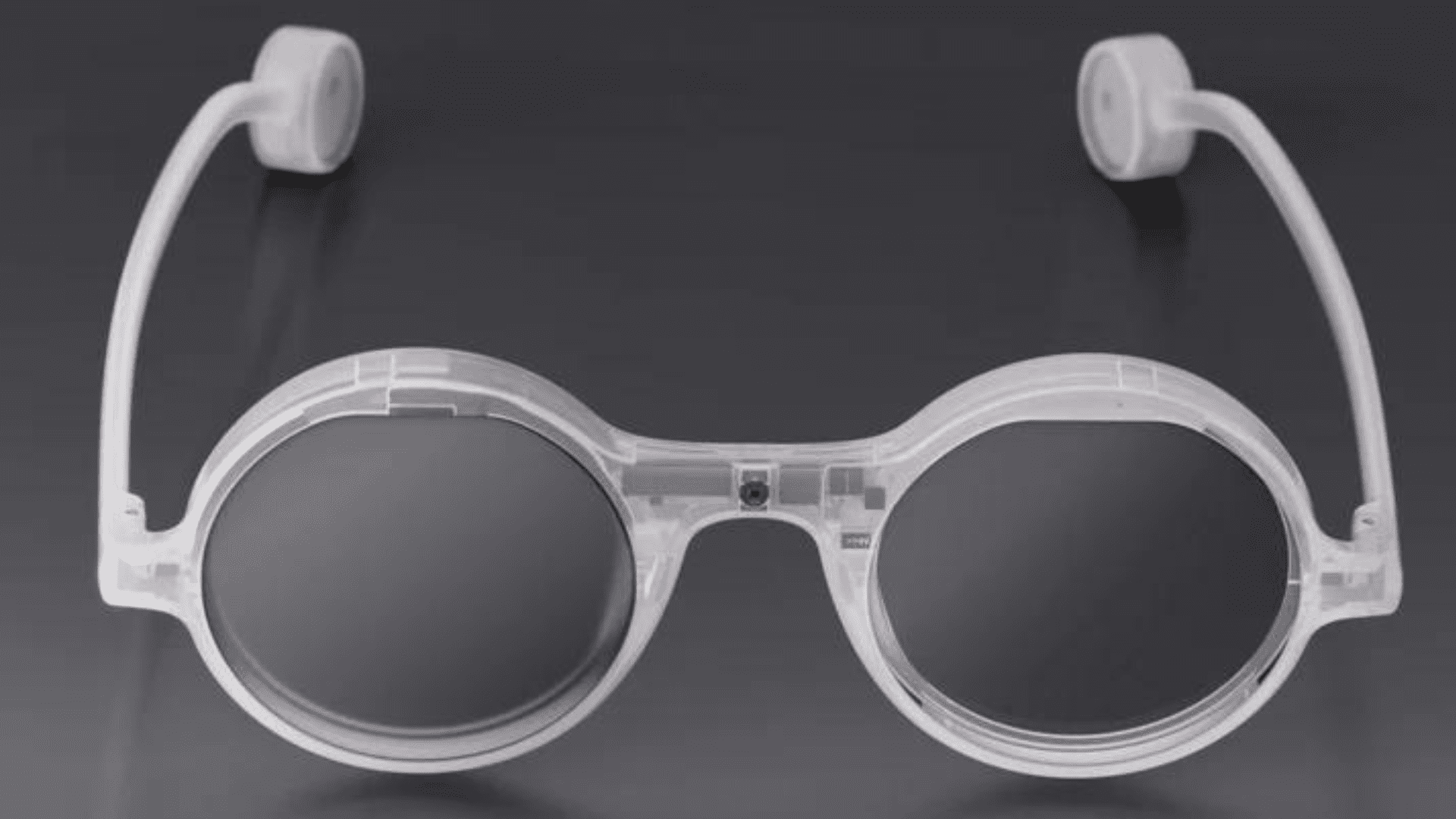Radar-detecting devices alert cyclists of vehicles approaching them from behind. However, a Maine entrepreneur is changing how those devices detect vehicles behind cyclists. Instead of using radar technology, the company uses artificial intelligence.
AI Detecting

Existing radar systems manufactured by companies such as Garmin and Trek are designed to warn cyclists of vehicles quickly approaching from behind. The devices usually take the form of a rear-facing seatpost- or saddle-mounted module. These send radar pulses that echo off vehicles within a set distance behind a bike. When the module receives the echoes, it determines how far away the vehicle is and how fast it’s going. Users are warned through an app on their phone via an audible alarm, which also provides a visual display on the screen.
According to Maine-based entrepreneur Josh Fox, there are other factors that the systems do not focus on. He said they focus too much on the speed of approaching vehicles. This is where his Survue device steps in. Fox first got the idea seven years ago when he regularly towed his then-infant daughter behind him while on his bike. He also mentored a high school robotics team that was exploring computer vision technology that estimates the distance of an object. Now, in 2024, Survue is on Kickstarter.
Explore Tomorrow's World from your inbox
Get the latest science, technology, and sustainability content delivered to your inbox.
I understand that by providing my email address, I agree to receive emails from Tomorrow's World Today. I understand that I may opt out of receiving such communications at any time.
Instead of radar, the device utilizes a camera and AI algorithms to spot and gauge the speed and location of vehicles approaching from behind. Additionally, the device determines the type of vehicle and its projected trajectory.
Benefits of AI

If the device deems the vehicle approaching a threat, it sends an audible alarm to the user’s phone or the device itself. Like current devices, the Survue AI device has an app for the user’s smartphone that is potentially mounted on the handlebars. The app displays the vehicle’s speed, location, and trajectory.
While the AI device tracks every variable, it simultaneously records a video on a MicroSD card that comes with the device. This is for any possible legal proceedings. In addition, the device triggers a taillight to start flashing faster to alert the driver approaching the cyclist.
The device is small, and the company claims that it has a six-hour runtime on a full battery charge. They also report that it can detect vehicles from a distance of up to 361 feet. Assuming the device hits production, a pledge of $215 on Kickstart can get you a device, compared to the planned retail price of $329.







